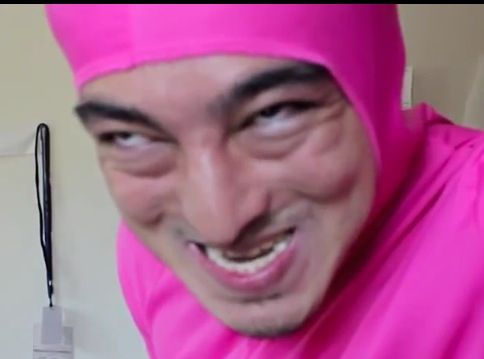

Going with a full retro setup with a CRT was the original plan, but I did not have room for a separate entertainment system. And now that I have already converted a couple consoles to have HDMI, I dunno if I’ll ever get a CRT. ¯\(ツ)/¯ Things may change in the future tho


It was so nice of him to make his tombstone a public urinal